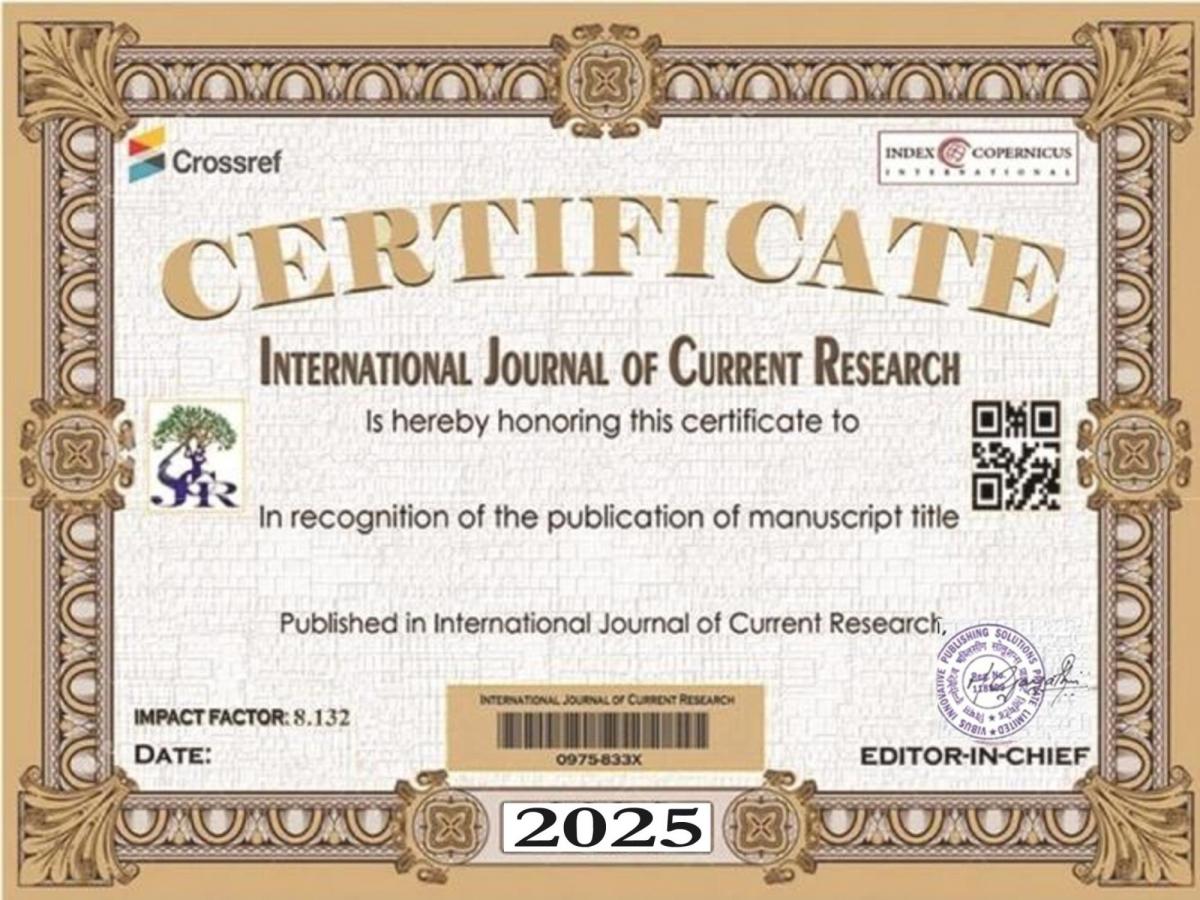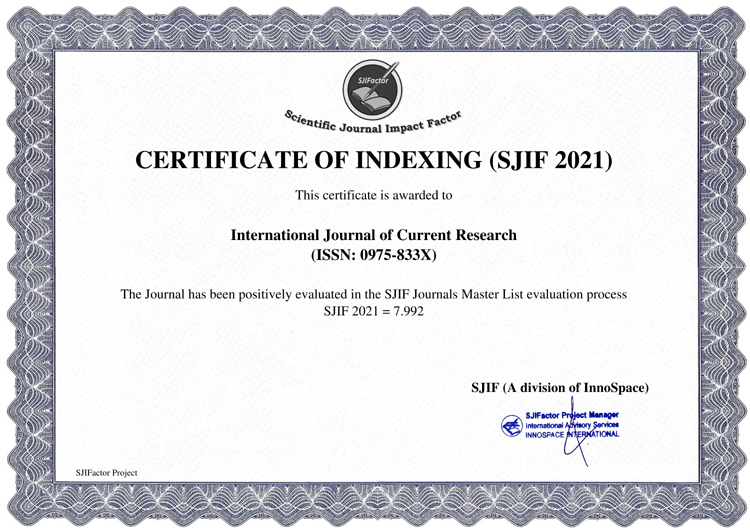Nutmeg belongs to the family Myristicaceae, genus Myristica and species Myristica fragrans. Indian Name of Spices is in Hindi : Jaiphal Bengali : Jaiphal Gujarati : Jaiphal Kannada : Jayikai Kashmiri : Zaaphal Malayalam : Jathikka Marathi : Jaiphal Oriya : Jaiphala Punjabi : Jaiphal Sanskrit : Jatiphala Tamil : Jathikai Telugu : Jajikai Urdu : Jaiphal. Other Name(s) are in Jaatipatree, Jaiphal, Jatiphal, Jatiphala, Jatiphalam, Muscade, Muscade et Macis, Muscadier, Muskatbaum, Muskatnuss, Myristica, Myristica fragrans, Myristica officinalis, Myristicae Semen, Noix de Muscade, Noix de Muscade et Macis, Nuez Moscada, Nuez Moscada y Macis,Nutmeg, Nux Moschata, Ron Dau Kou. Foreign name of spices are in Arabic : Jouza at-Teeb Chinese : Dou kou shu Dutch : Nootmuskaat French : Muscade German : Muskatnu Greek : Moschokarido Indonesia : Pala Italian : Noce moscata Spanish : Moscada. Nutmeg is the spice made by grinding the seed of the fragrant nutmeg tree into powder. The spice has a distinctive pungent fragrance and a warm, slightly sweet taste; it is used to flavor many kinds of baked goods, confections, puddings, potatoes, meats, sausages, sauces, and vegetables, and beverages such as eggnog. The seeds are dried gradually in the sun over a period of 15 to 30 weeks. During this time, the nutmeg shrinks away from its hard seed coat until the kernels rattle in their shells when shaken. The shell is then broken with a wooden club and the nutmegs are picked out. Dried nutmegs are greenish brown ovoids with furrowed surfaces. The nutmegs are roughly egg-shaped, about 20.5–30 mm long and 15–18 mm wide, weighing 5–10 g dried. Mace is the spice made from the reddish seed covering (aril) of the nutmeg seed. Its flavour is similar to that of nutmeg but more delicate; it is used to flavour baked goods, meat, fish, and vegetables, and in preserving and pickling. In the processing of mace, the crimson-colored aril is removed from the nutmeg seed that it envelops and is flattened out and dried for 10 to 14 days. Its color changes to pale yellow, orange, or tan. Whole dry mace consists of flat pieces—smooth, horn-like, and brittle—about 40 mm long. The nutmeg is unique among tree spices as it is the donor of the two distinct spices, nutmeg and mace. Nutmeg is the seed kernel inside the fruit and mace is the covering (aril) on the kernel. Both mace and nutmeg are used as condiment and medicine. It is native of Indonesia (Moluccas Islands). In India it is cultivated in Kerala, Tamil Nadu, Karnataka, Goa, Maharashtra, North East India and Andamans. The area, production and productivity in our country is very low and it is mainly due to the non adoption of improved crop management and post harvest handling technologies, decline in area under cultivation and incidence of pest and diseases. Nutmeg, tropical evergreen tree and the spice made of its seed. The tree is native to the Moluccas, or Spice Islands, of Indonesia and is principally cultivated .there and in the West Indies. The spice nutmeg has a distinctive pungent fragrance and a warm slightly sweet taste; it is used to flavour many kinds of baked goods, confections, puddings, potatoes, meats, sausages, sauces, vegetables, and such beverages as eggnog. The fleshy arils surrounding the nutmeg seed are the source of the spice mace. Historically, grated nutmeg was used as a sachet, and the Romans used it as incense. Around 1600 it became important as an expensive commercial spice in the Western world and was the subject of Dutch plots to keep prices high and of English and French counterplots to obtain fertile seeds for transplantation. The nutmegs sold whole were dipped in lime to prevent their sprouting. Nutmeg trees may reach a height of about 20 m. They yield fruit eight years after sowing, reach their prime in 25 years, and bear fruit for 60 years or longer. The fruit is a pendulous drupe, similar in appearance to an apricot. When fully mature it splits in two, exposing a crimson-coloured aril, the mace, surrounding a single shiny brown seed, the nutmeg. After collection the aril-enveloped nutmegs are conveyed to curing areas where the mace is removed, flattened out, and dried. The nutmegs are dried gradually in the sun and turned twice daily over a period of six to eight weeks. During this time the nutmeg shrinks away from its hard seed coat until the kernels rattle in their shells when shaken. The shell is then broken with a wooden truncheon and the nutmegs are picked out. Dried nutmegs are grayish brown ovals with furrowed surfaces.





